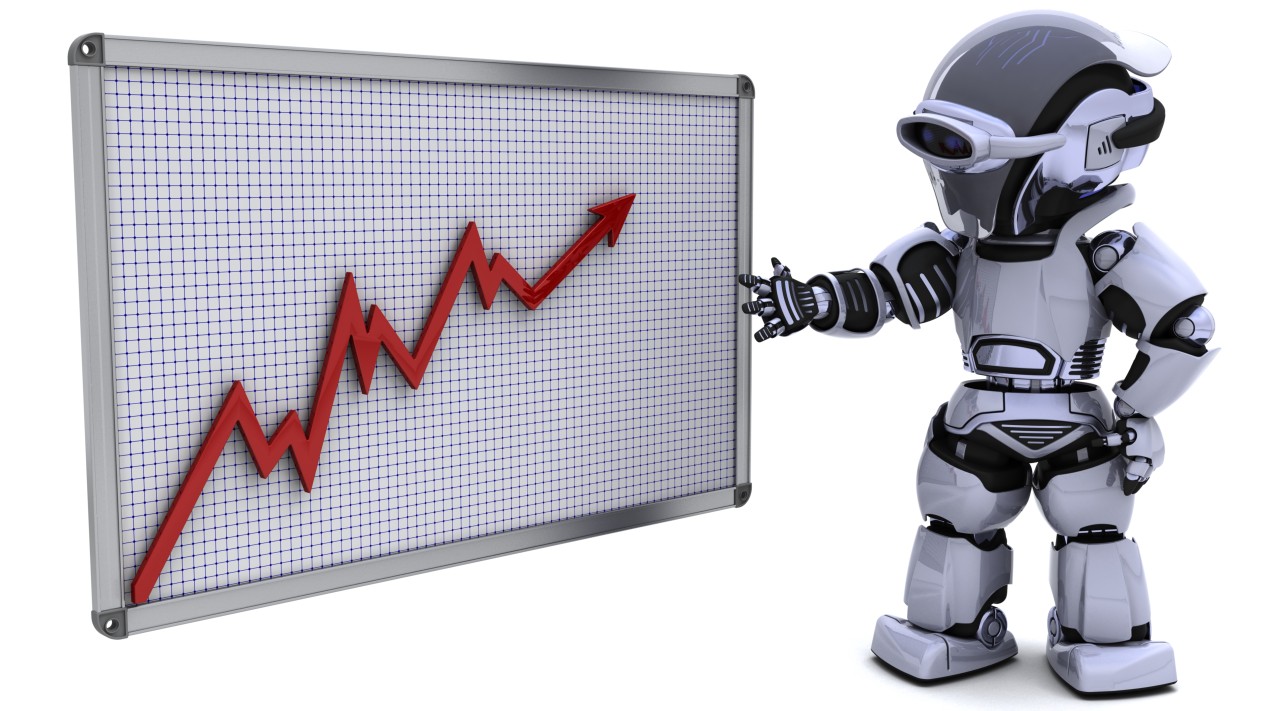Physical Address
304 North Cardinal St.
Dorchester Center, MA 02124
Physical Address
304 North Cardinal St.
Dorchester Center, MA 02124

In the fast-paced world of forex trading, staying ahead of the curve is essential. Traders are always on the lookout for tools and technologies that can help them gain an edge in the market. One such tool that has gained significant popularity in recent years is the forex robot.
Before diving into the world of forex robot, it’s crucial to have a basic understanding of forex trading itself. Forex, or foreign exchange, is the process of buying and selling currencies with the aim of making a profit.
Forex robots, also known as expert advisors (EAs), are automated trading systems that execute trades on behalf of traders. These robots are programmed to follow specific trading strategies and criteria, allowing them to enter and exit trades without human intervention.
Forex robots operate based on predefined algorithms and rules set by their developers. These algorithms analyze market data, such as price movements and indicators, to identify trading opportunities. Once a suitable opportunity is detected, the robot will execute the trade according to its programmed instructions.
There are various types of forex robots available, each catering to different trading styles and strategies. Some robots are designed for scalping, aiming to make small profits from multiple trades throughout the day, while others focus on long-term trend following.
One of the primary advantages of using forex robots is their ability to trade without emotions. Unlike human traders, robots are not influenced by fear or greed, allowing them to stick to their trading plan consistently.
Despite their benefits, forex robots also come with risks. Poorly designed or improperly configured robots can lead to significant financial losses. Additionally, market conditions can change rapidly, making it challenging for robots to adapt to new environments.
When selecting a forex robot, it’s essential to consider factors such as performance history, risk management features, and customer reviews. Conducting thorough research and testing multiple robots can help traders find the right fit for their needs.
Once a forex robot has been chosen, traders need to set it up correctly on their trading platform. This typically involves installing the robot’s software and configuring its settings according to the desired trading parameters.
To get the most out of a forex robot, traders should regularly monitor its performance and make adjustments as needed. Additionally, optimizing risk management strategies and staying informed about market developments can help improve overall efficiency.
There are several misconceptions surrounding forex robots, such as the belief that they can guarantee profits or replace human traders entirely. In reality, robots are tools that require careful supervision and maintenance to operate successfully.
As technology continues to advance, the role of forex robots in trading is likely to evolve. Developers are constantly working on improving robot capabilities and adapting to changing market conditions, opening up new possibilities for traders.
Forex robots offer traders a powerful tool for automating their trading activities and gaining a competitive edge in the forex market. By understanding how these robots work and implementing best practices for their use, traders can enhance their trading strategies and achieve greater success.